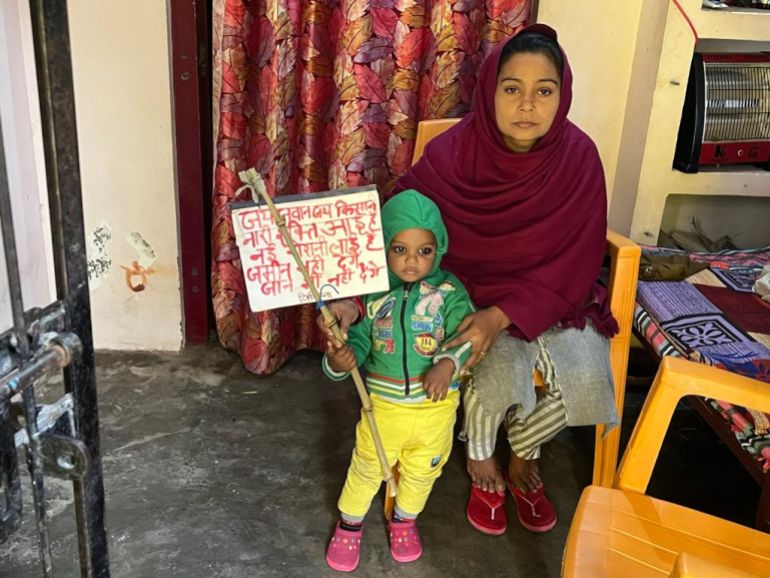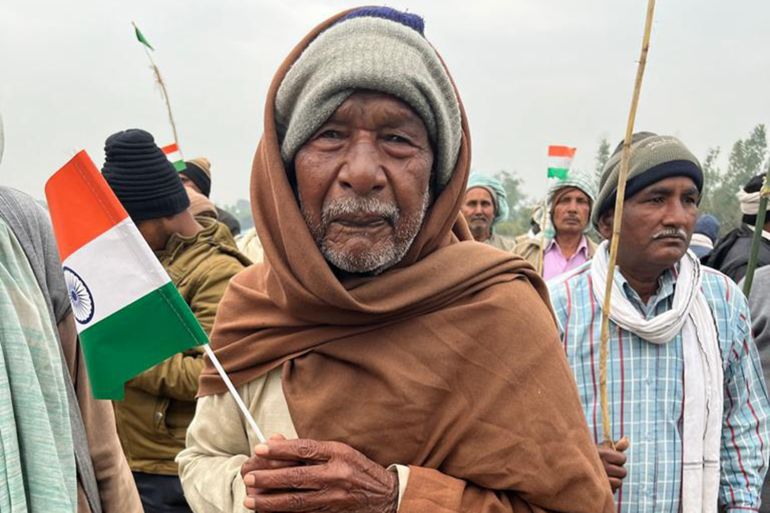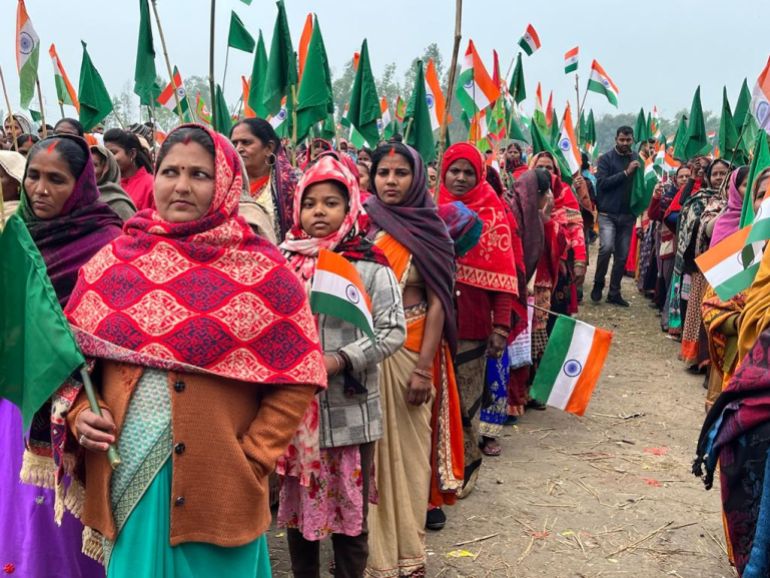Freezing weather conditions and snowfall in the devastated region have increased the difficulties for rescue workers.
Turkey’s President Recep Tayyip Erdogan has declared seven days of national mourning, and Syria has appealed to the United Nations for help following devastating earthquakes that killed more than 5,000 people and toppled buildings across southeast Turkey and northern Syria.
Authorities fear the death toll from Monday’s predawn magnitude 7.8 temblor, followed by a magnitude 7.6 earthquake and several aftershocks will continue to climb as rescuers looked for survivors among tangles of metal and concrete spread across a region already suffering under Syria’s 12-year civil war and a refugee crisis.
Rescuers searched through the frigid night into Tuesday morning, hoping to dig more survivors out of the rubble as those trapped cried out for help from beneath mountains of debris.
Turkish Vice President Fuat Oktay said on Tuesday that the death toll from the earthquakes in Turkey had risen to 3,419.
Orhan Tatar, an official with Turkey’s Disaster and Emergency Management Authority (AFAD), said earlier on Tuesday that 20,426 others were injured. Tatar said more than 5,700 buildings had also been destroyed.
In Syria, at least 1,602 people were killed and about 3,500 others were injured, according to the Ministry of Health and the White Helmets rescue organisation.
Freezing winter weather conditions and snowfall in the devastated region have added to the plight of many thousands of people left injured and homeless by the earthquake. Downed buildings and destroyed roads have hampered efforts to find survivors and get crucial aid into affected areas.
Al Jazeera’s Sinem Koseoglu, reporting from Istanbul, said millions of people need help.
“And their need is even more acute because it is winter and they are facing cold temperatures, snow and rain.”
Ten cities in southern Turkey have been declared disaster areas, according to Al Jazeera’s Natasha Ghoneim, reporting from Istanbul. Freezing temperatures and snow have hampered rescue efforts, and more bad weather is expected to hit the region. Electricity supplies and natural gas have been cut off in many areas and the government is working to restore both services.
“A full picture of the devastation is only starting to emerge – devastation that will likely become more evident as the sun rises” on Tuesday, Ghoneim said.
Seismic activity continued to rattle the region on Monday, including another jolt nearly as powerful as the initial earthquake.
The US Geological Survey measured the initial earthquake at 7.8, with a depth of 18km (11 miles). Hours later, a 7.6 magnitude temblor also struck. The second jolt caused a multi-storey apartment building in the Turkish city of Sanliurfa to topple onto the street in a cloud of dust as bystanders screamed, according to video of the scene.
Dramatic video footage aired on Turkish television showed buildings collapsing in real time. Visuals showed rescue workers pulling a child alive from a flattened building. The child was then reunited with distraught parents in snow-covered streets.
More than 7,800 people have been rescued across 10 provinces, according to Orhan Tatar, an official with Turkey’s disaster management authority. Strained medical facilities have quickly filled with injured people, rescue workers said.
The Syrian American Medical Society, which runs hospitals in northern Syria and southern Turkey, said in a statement that its facilities were “overwhelmed with patients filling the hallways” and called urgently for “trauma supplies and a comprehensive emergency response to save lives and treat the injured”.
Governments and aid agencies have rushed to deploy personnel, funds and equipment to Turkey and Syria.
Jordan is sending emergency aid to Syria and Turkey on the orders of King Abdullah II, while Egypt has pledged urgent humanitarian help to Turkey. Lebanon’s cash-strapped government is also sending Red Cross and Civil Defence first responders and firefighters to Turkey to help with its rescue efforts.
The European Union has mobilised search and rescue teams, and the bloc’s Copernicus satellite system has been activated to provide emergency mapping services. At least 13 member countries have offered assistance. The United Kingdom and United States said they are also ready to send help to Syria, but Washington has ruled out dealing directly with the Syrian government.
Germany’s foreign ministry said it is coordinating its aid response with EU partners and readying deliveries of emergency generators, tents, blankets and water treatment equipment.
The US is coordinating immediate assistance to NATO-member Turkey, including teams to support search and rescue efforts. In California, nearly 100 Los Angeles County firefighters and structural engineers, along with six specially trained dogs, were being sent to Turkey to help with rescue efforts.
Russian rescue teams from the Emergencies Ministry are preparing to fly to Syria, where the Russian military deployed in that country already has sent 10 units comprising 300 people to help clear debris and search for survivors. The Russian military has set up points to distribute humanitarian assistance. Russia also has offered help to Turkey, which has been accepted.







.jpg)







